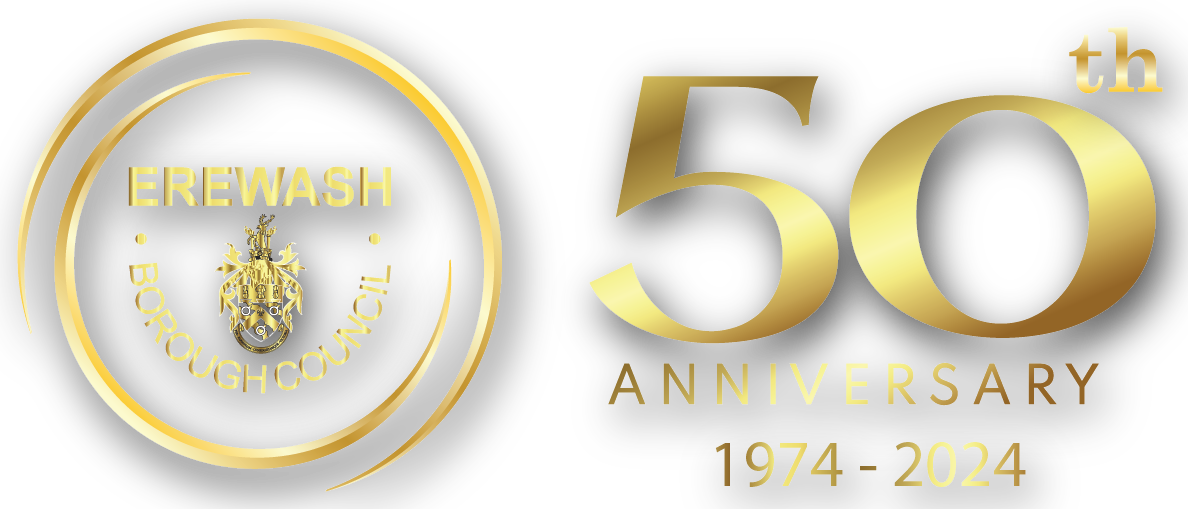Background papers relating to Extraordinary Council Meeting 27 March 2025: Core Strategy Review Amendment
Green Belt Review (this is a 8KB PDF document)
Plan Wide Viability Appraisal (this is a 5KB PDF document)
Sustainability Appraisal Appendices - The following Sustainability Appraisal appendices relate to changes made as part of the Core Strategy Review Amendment:
Appendix A5 Policy Option - Additional Employment Option (this is a 260KB PDF document)
Appendix B7 Site Allocation Options - CSR0003-0048 (this is a 5.3MB PDF document)
Appendix C1 Total,Cumulative and Synergistic Effects (this is a 310KB PDF document)
Appendix D1 Mitigation Analysis (this is a 539 KB PDF document)
Appendix E1 Growth Options G(i) and G(ii) (this is a 380KB PDF document)

